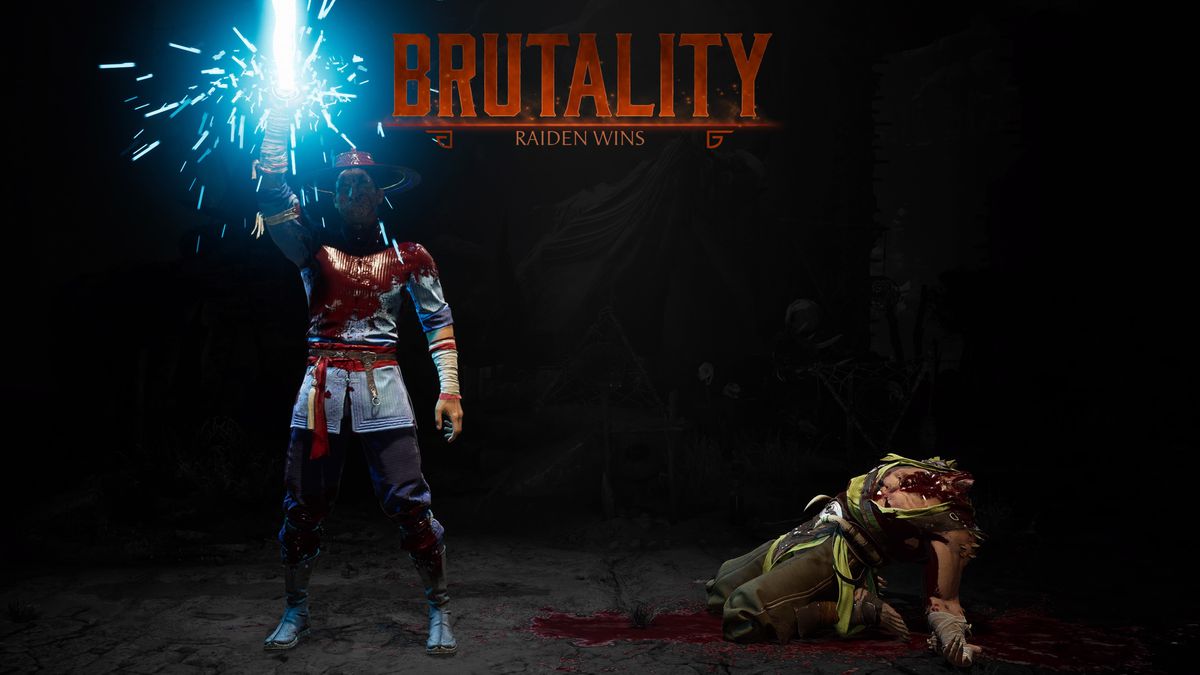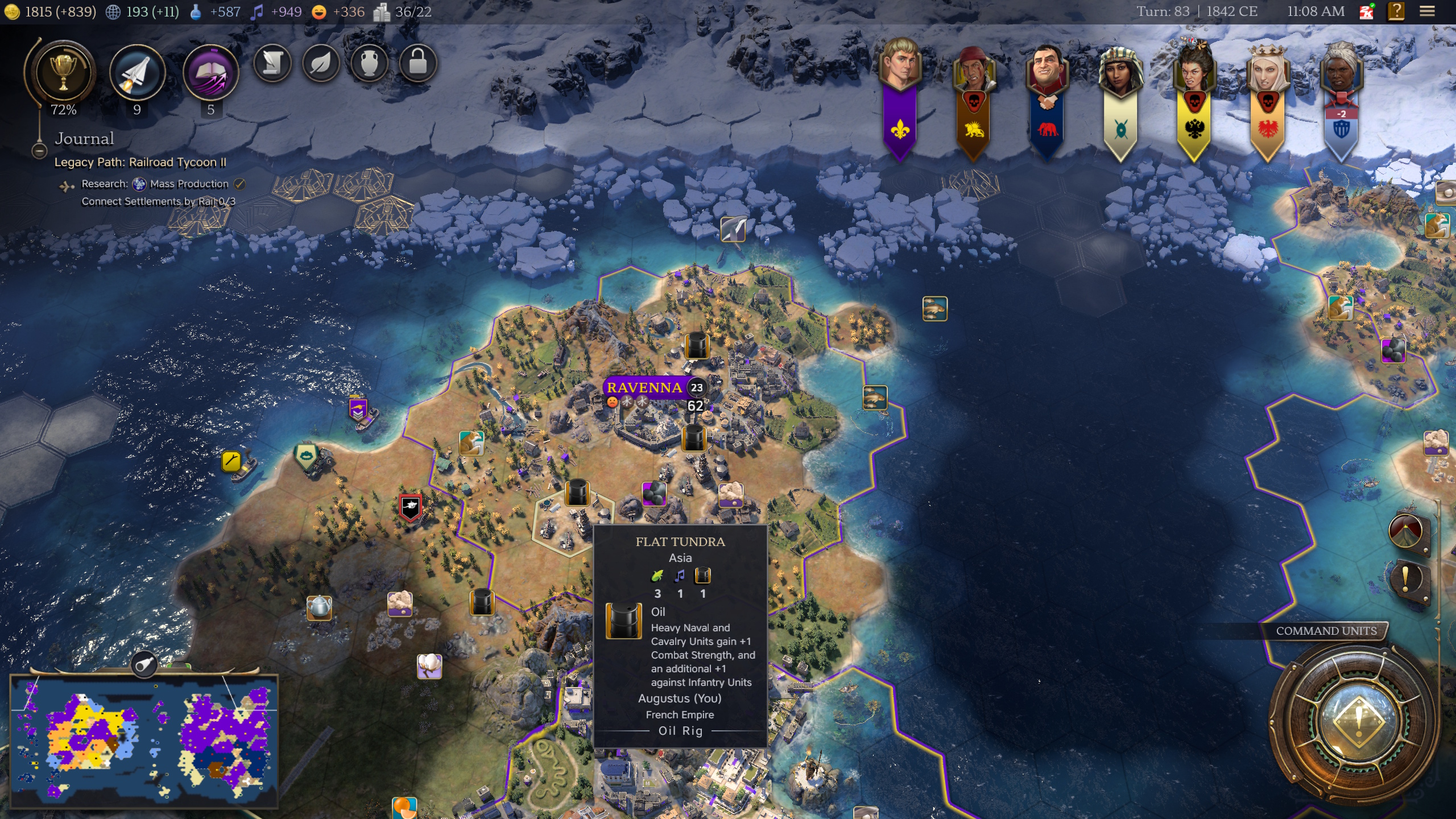When you get into your vehicle for the first time in Pacific Drive, it doesn’t feel any different than your average junker. Sure, it seems like it could fall apart any minute, but it somehow manages to stay mostly together… as long as you don’t run it into trees or through mysterious anomalies. It’s just an average car — until your friends on the radio start questioning how it exists at all. They say it should be impossible for a car to work in the Olympic Exclusion Zone, where the game takes place. The car also has some interesting characteristics: It’s able to take some technologically advanced upgrades like a champ, and despite being a 1950s station wagon, it can handle a paranormal storm with only minimal damage.
So what is the car in Pacific Drive, exactly? You spend a lot of the game’s main story missions trying to figure that out, and as you go, it becomes your way of exploring. As the junctions get more and more dangerous, the car goes the extra mile (so to speak) to be your armor, your backpack, your crafting table, and your only trustworthy companion. Unlike in other open-world survival games where you have to upgrade your character to survive, here you spend almost all your efforts ensuring your car is healthy and ready for danger. There’s a sense of pride when you give your car the right upgrade. What was once a metal box covered in rust and duct tape can become a high-tech piece of equipment, unlike any car you’ve ever seen. You can also make it look completely garish thanks to stickers, paints, and more you can unlock.
After a long repair session, you’ll hop back into the car and its dashboard will light up. You’ll get some joyful 8-bit music and you might even see a heart. And after just a few runs, the car will become your best friend.
:no_upscale()/cdn.vox-cdn.com/uploads/chorus_asset/file/25306243/pacific_drive_heart.jpg)
Pacific Drive is all about your car; in fact, you barely play a character at all. They’re just called “Driver” and they don’t even have a visible body. Oppy, Francis, and Tobias are your main human connections, but they only communicate as disembodied voices through your radio. The only “people” you really see are the anomalous mannequins (called “Tourists”) that explode when hit and sometimes stalk you like Doctor Who’s Weeping Angels. It’s not just that you’ll build an emotional bond with your car — you have no other choice. It’s the only other physical character you’ll encounter.
“I was pretty insistent that you, as a player, are totally yourself,” Alex Dracott, creative director at Pacific Drive developer Ironwood Studios, told The Gamer. “It’s you, and a car that you find – there’s no baggage or major history there. We wanted the relationship with the car to build up authentically.”
And speaking of that bond, that’s actually an emphasized point in the narrative. Oppy and the others tell you that the car is a remnant, an out-of-place paranormal object with undefined abilities. The longer a person is around a remnant, the more they’ll bond to it; it’ll eventually happen to you.
This is a common strategy in video games; if you want the player to connect with an inanimate object, it needs an in-universe fact that can exploit a potential bond. It’s basically a wink from the developers that this thing can and will become beloved, regardless if it has a name, a face, or some secret sentience. Portal used this strategy to turn the Weighted Companion Cube into a tragic icon. In Test Chamber 17, evil AI GLaDOS introduces you to this object, which is completely mundane in almost every way. The only difference between it and other cubes you’ve used across the game is that it has pink hearts on its sides. GLaDOS tells you that you need to take care of it as it will accompany you through the level, and that it may or may not be sentient.
The Cube does indeed accompany you and very much earns its title of “Companion.” It’s one of the only things you encounter throughout the game that is actually on your side, too. You never see GLaDOS until the final confrontation, and she doesn’t have your best interests at heart. The Companion Cube does, though, which you can tell from the pink hearts on its body — it’s truly capable of love! That doesn’t stop GLaDOS from forcing you to euthanize it at the end of the test, of course. (Why would she use that term if the Cube wasn’t alive?) You can try to smuggle it out of the chamber and into the elevator, but regardless, it’ll be incinerated — and GLaDOS will deride you for it. This continues into Portal 2, as more turrets and companion cubes make appearances.
:no_upscale()/cdn.vox-cdn.com/uploads/chorus_asset/file/25306283/pacific_drive_car.jpg)
The setup is similar in The Stanley Parable: Ultra Deluxe, which builds on the original Stanley Parable by introducing the Reassurance Bucket. It’s nothing more than a normal metal bucket with a sticker at first, and the narrator says its function is to help new players ease into the experience. When you pick it up, a wave of comfort will rush over you — according to the narrator, anyway. However, our player character, Stanley, is a mostly bodiless figure who encounters no other people or friendly entities throughout his ridiculous journey, so the bucket will become a companion. And because The Stanley Parable is one of the medium’s ultimate metanarrative experiences, the bucket will follow you through multiple endings and countless journeys, becoming a starring character in many of them. The game might force the relationship with the bucket down your throat a bit, but it’s in service of playing on the tropes established through games like Portal.
Pacific Drive builds on this history of anthropomorphism in video games with its car, but it does so in a way that’s much more ingrained in the overall narrative and more natural than in some other examples. It introduces the seemingly normal object, reveals small and significant characteristics over time, and then adds an in-universe reason why you should bond with that object. It goes even further to make it basically your entire reason for playing. If you don’t upgrade and repair the car, then you have nothing to spend your resources on, and you can’t continue. You have to take care of it, and you’ll make friends with it along the way.



